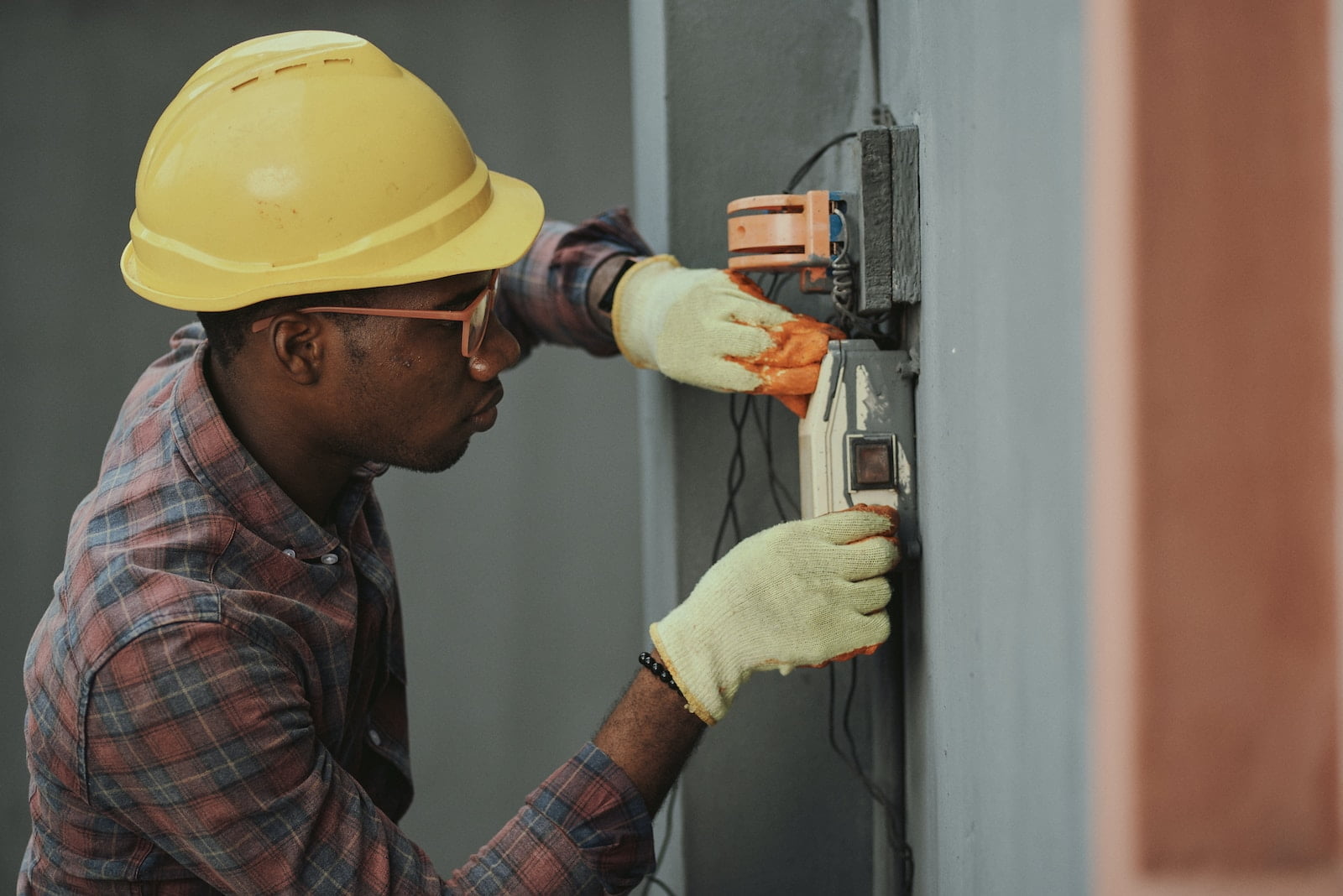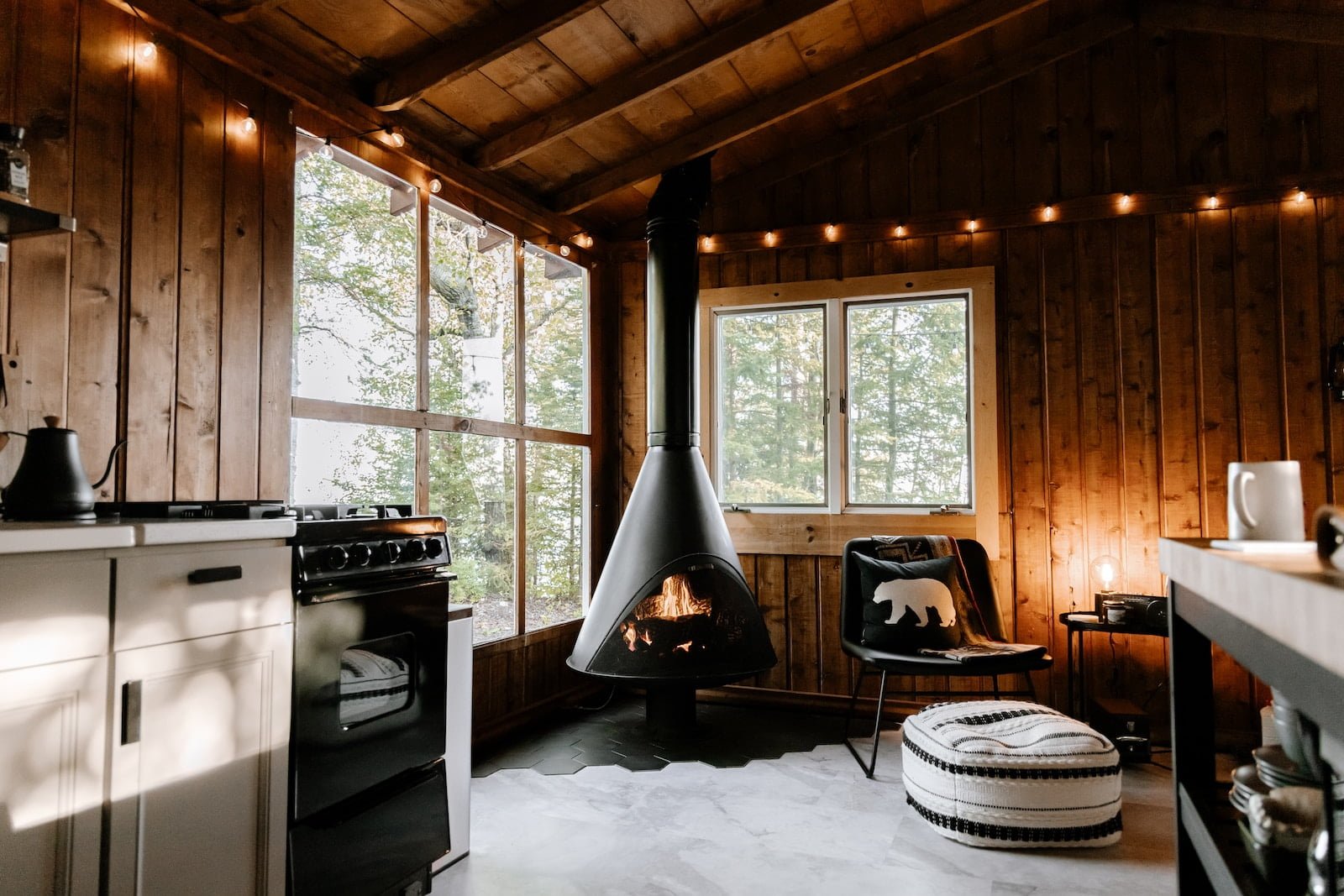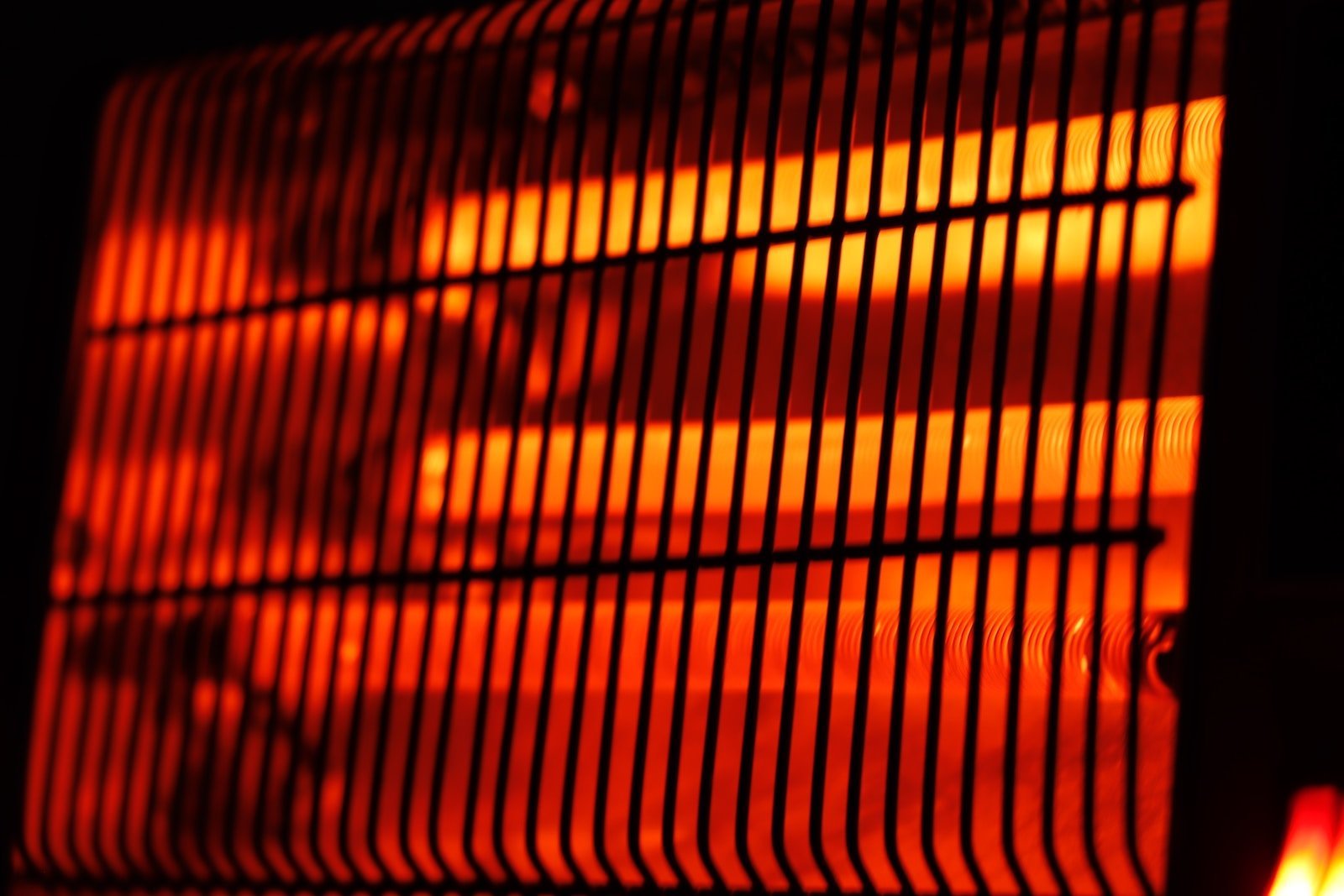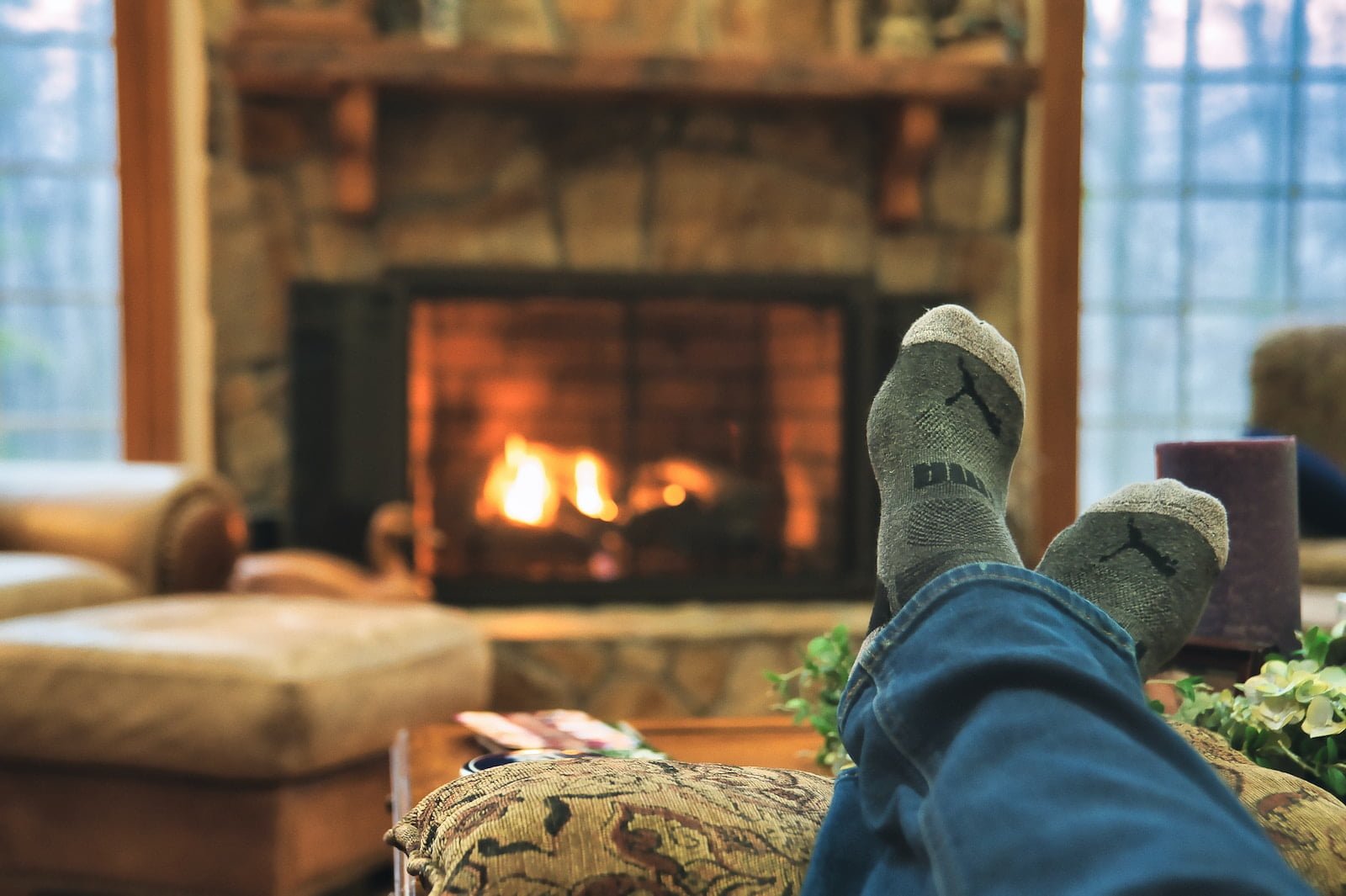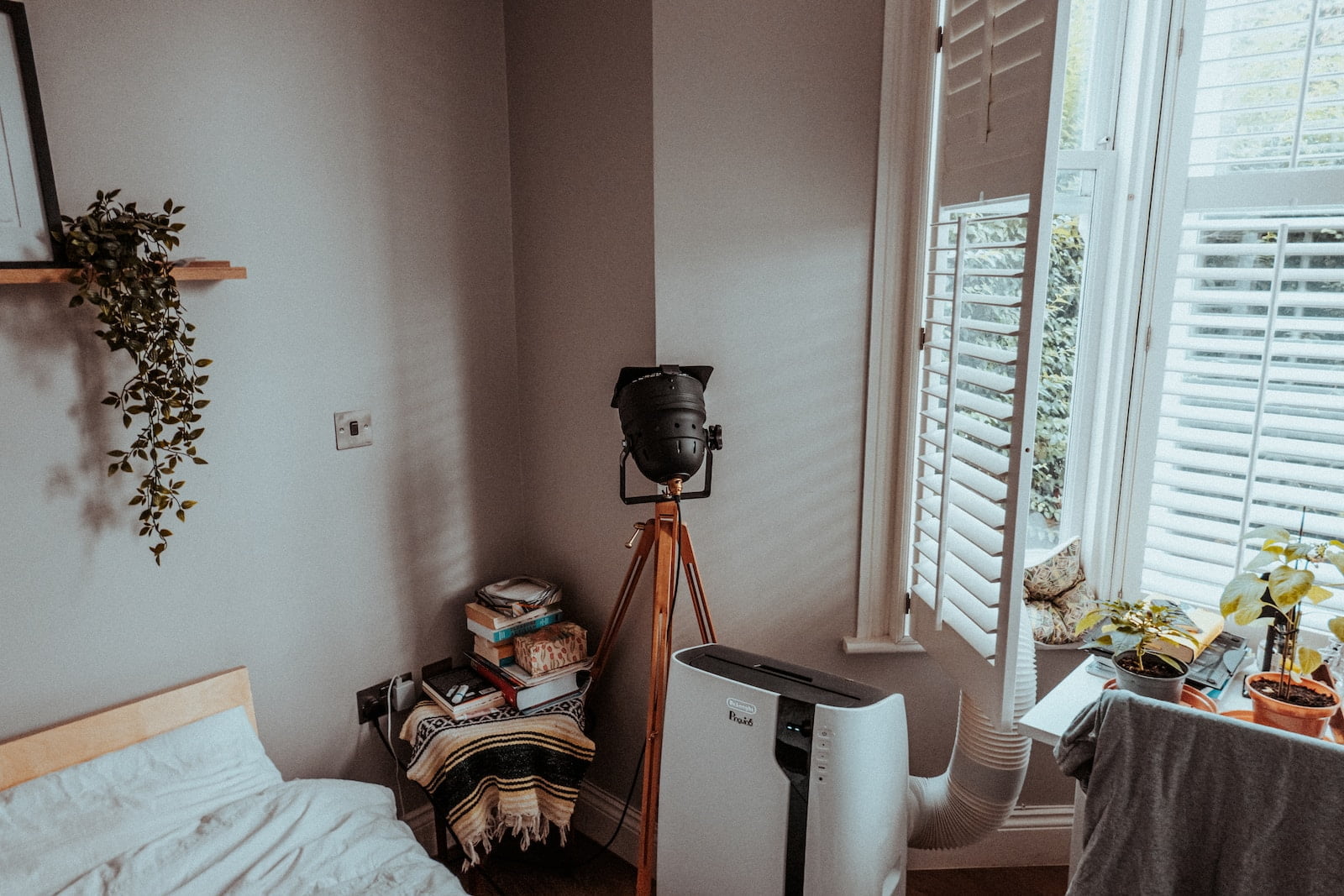Staying Safe and Warm During a Winter Emergency When the Furnace Stops Working
Winter is a season that can be both beautiful and dangerous. While the snow and ice can create a picturesque landscape, it can also lead to hazardous conditions. One of the most common winter emergencies is furnace malfunctions. When the temperature drops, our furnaces work hard to keep us warm, but they can also break down, leaving us in the cold. In this article, we will explore the causes of furnace malfunctions and how to prevent them. We will also discuss what to do in case of a furnace breakdown during the winter months.
It is important to be prepared for winter emergencies, especially when it comes to our heating systems. A furnace malfunction can not only be uncomfortable, but it can also be dangerous. Carbon monoxide poisoning, fires, and other hazards can result from a malfunctioning furnace. Therefore, it is essential to understand the warning signs of a potential furnace problem and take action to prevent it. Let’s dive into the world of winter emergencies and furnace malfunctions to ensure that we are ready for whatever the season may bring.
Immediate Steps to Take When the Furnace Stops Working
If your furnace stops working, it can be a frustrating experience, especially during the winter months. However, there are a few immediate steps you can take to troubleshoot the problem before calling a professional. First, check the thermostat to ensure it is set to heat and the temperature is set higher than the current room temperature. If the thermostat is working correctly, check the circuit breaker to see if it has tripped. If it has, reset it and see if the furnace turns on. If the circuit breaker is not the issue, check the furnace filter. A dirty filter can cause the furnace to stop working, so replace it if necessary.
If none of these steps solve the problem, it’s time to call a professional HVAC technician. Trying to fix the furnace yourself can be dangerous and cause more damage to the unit. A professional technician will be able to diagnose and repair the issue safely and efficiently. It’s important to address the issue as soon as possible, as a malfunctioning furnace can lead to more serious problems, such as carbon monoxide leaks or electrical issues.
In conclusion, taking immediate steps when your furnace stops working can save you time, money, and potential danger. Remember to check the thermostat, circuit breaker, and furnace filter before calling a professional technician. Stay warm and safe this winter!
Wood Burning Stoves
Another alternative heating source to keep warm during the cold winter months is a wood burning stove. Wood burning stoves are a great option for those who live in rural areas with access to firewood. They can provide a cozy and warm atmosphere while also being a cost-effective heating option. Plus, they can be used for cooking and baking, making them a versatile addition to any home. However, it is important to note that wood burning stoves require regular maintenance and cleaning to ensure they operate safely and efficiently. It is also important to check with local regulations to ensure wood burning stoves are allowed in your area.
Preparing for Winter Emergencies in Advance
Winter emergencies can be unpredictable, so it’s important to prepare in advance to ensure your safety and well-being. One way to do this is by creating an emergency kit that includes essentials such as blankets, non-perishable food, water, flashlights, and a first aid kit. It’s also important to have a plan in place for communicating with loved ones and emergency services in case of power outages or other emergencies.
In addition to preparing an emergency kit, it’s important to take steps to winterize your home. This can include insulating your pipes, sealing any drafts, and ensuring your heating system is functioning properly. It’s also a good idea to have a professional inspect your chimney and fireplace to ensure they are safe to use during the winter months.
Finally, it’s important to stay informed about weather conditions and any potential emergencies in your area. Sign up for emergency alerts and pay attention to local news and weather reports. By taking these steps to prepare for winter emergencies in advance, you can help ensure your safety and well-being during the colder months.
Safety Measures to Follow During a Winter Emergency
Furthermore, it is important to stay warm and dry during a winter emergency. If you are stranded in your car, make sure to keep the windows cracked to prevent carbon monoxide poisoning. You can also use blankets, hats, and gloves to stay warm. If you are outside, build a fire if possible, but make sure to keep it contained and away from any flammable materials. Additionally, it is crucial to stay hydrated and well-fed during a winter emergency. Keep non-perishable snacks and water in your car or emergency kit. Finally, it is important to stay calm and focused during a winter emergency. Panic can lead to poor decision-making and potentially dangerous situations. Take deep breaths and assess your situation before taking any action.
By following these safety measures, you can help ensure your survival during a winter emergency. Remember to stay informed, prepared, and calm, and you will increase your chances of making it through any winter weather event.

